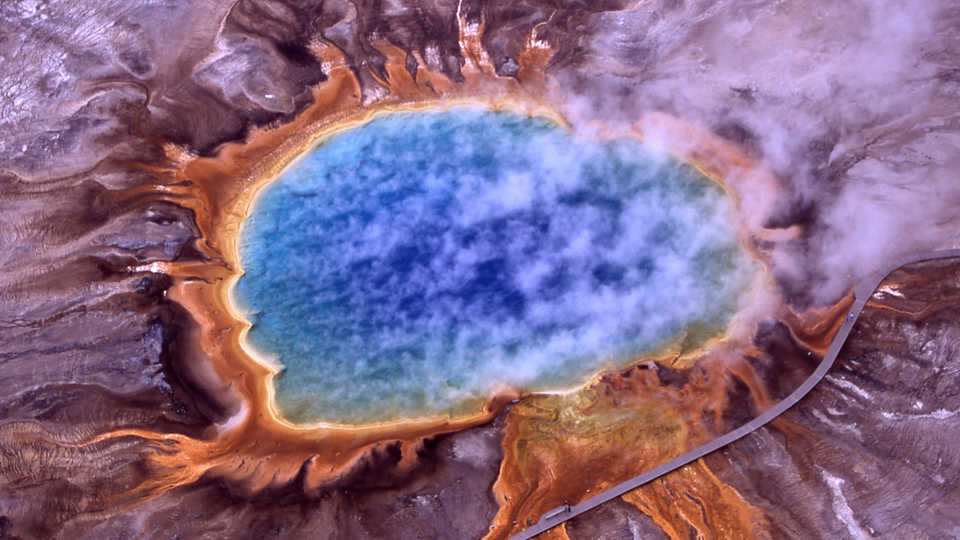Science News
One Trillion Species on Earth

Lots of life on Earth, including archaea in hot springs at Yellowstone
Twice per month we post our New Discoveries article about new species discovered around the world… (Hint: look for it tomorrow!) It’s astounding how little we know about life on this planet. The National Science Foundation (NSF) has an initiative to close that gap in our understanding by 2020. A new study, published last week in the Proceedings of the National Academy of Sciences, says we might need a little longer.
Looking at microbial, plant, and animal community datasets from scientists and citizen scientists around the world and estimating how many more there might be, two scientists from Indiana University, have come up with a staggering number: Earth could contain nearly one trillion species, meaning that only one-thousandth of one percent has been identified to date. That’s many more New Discoveries posts!
Most of these missing species are microbes—bacteria, archaea, and fungi. “Older estimates were based on efforts that dramatically under-sampled the diversity of microorganisms,” says author Jay T. Lennon. “Before high-throughput sequencing, scientists would characterize diversity based on 100 individuals, when we know that a gram of soil contains up to a billion organisms, and the total number on Earth is over 20 orders of magnitude greater.”
While there’s been an explosion in new microbial sampling efforts over the past several years, including the National Institutes of Health’s Human Microbiome Project, the Tara Oceans Expedition, and the Earth Microbiome Project, only about ten million species have been identified so far. While not quite to the one trillion number, that’s still a huge number of species. And the new study is the first to pull in all of those new data.
“After analyzing a massive amount of data, we observed simple but powerful trends in how biodiversity changes across scales of abundance,” says lead author Kenneth J. Locey. Scaling laws are known to accurately predict species numbers for plant and animal communities. For example, the number of species scales with the area of a landscape. It seems to hold true for microbial communities, too. “Until now, we haven’t known whether aspects of biodiversity scale with something as simple as the abundance of organisms,” he says. “As it turns out, the relationships are not only simple but powerful, resulting in the estimate of upwards of one trillion species.”
“This research offers a view of the extensive diversity of microbes on Earth,” says Simon Malcomber, director of the NSF's Dimensions of Biodiversity program. “It also highlights how much of that diversity still remains to be discovered and described.”
Time to get back to work, scientists and citizen scientists.
Image: Jim Peaco, National Park Service